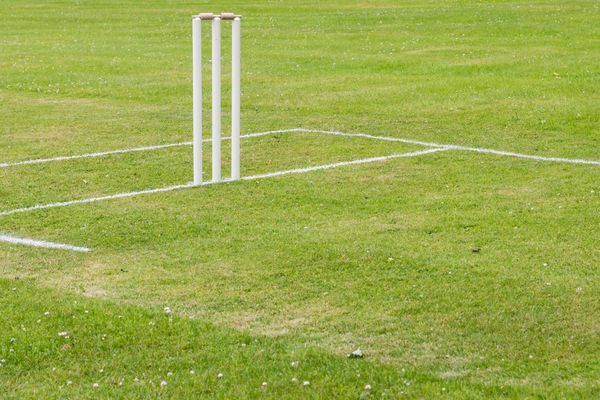An improved method of quick preparation of sheet rubber by replacing the conventional coagulant formic acid with a mixture of acetic acid and isopropyl alcohol with an improved sheeting process will help farmers, most of whom are small-time producers, substantially reduce processing and sheet drying time.
Researchers Vinoth Thomas, T.P. Radhakrishnan, and Joy Joseph, in their paper published in the International Journal of Tropical Agriculture, has said that conventional coagulation, sheeting and drying take up to five days. However, the new methods help reduce coagulation time to 30 minutes and subsequent procedures can be completed in 24 hours.
Dr. Thomas said the advantages of the new sheeting method included saving of time and cost of primary processing, quality upgradation, easy access for women for involvement and easy disposal of the sheets.
Around 80% of the rubber farmers in the country are marginal farmers owning an area around 0.5 ha. From the 50 to 200 rubber trees on these holdings, they get three to six kg of rubber that finance their daily needs as the major source of income. The new sheeting method can produce quality sheet rubber so that higher income can be generated from the existing piece of land.
Small rubber farmers are often forced to dispose of the rubber sheets with partial drying. This results in low prices, putting the farmers at a great disadvantage.
After the new method was standardised, the method was put to test in two processing centres at Poothrikka and Kavalangad in Ernakulam district. Revalidation of the process was carried out in ten other centres under the regional office of the Rubber Board in Nilambur between December and February 2022.







